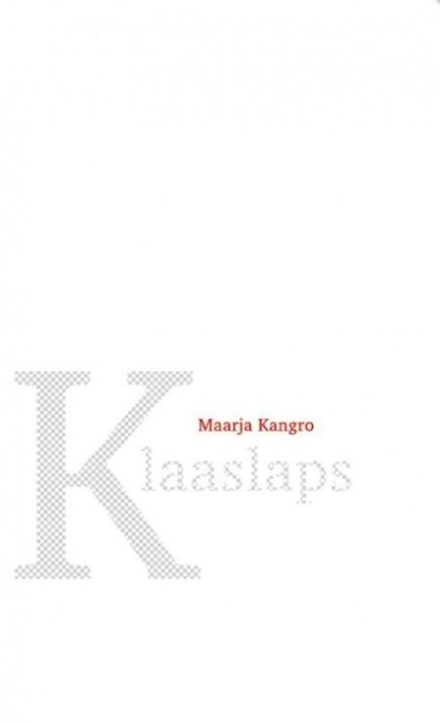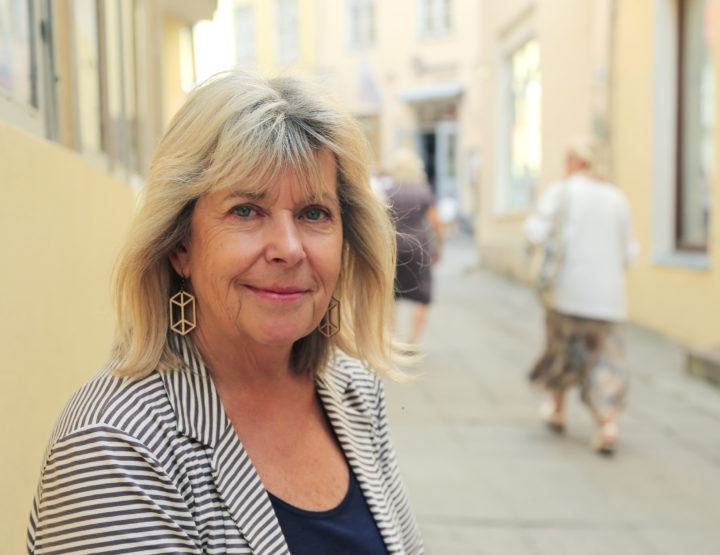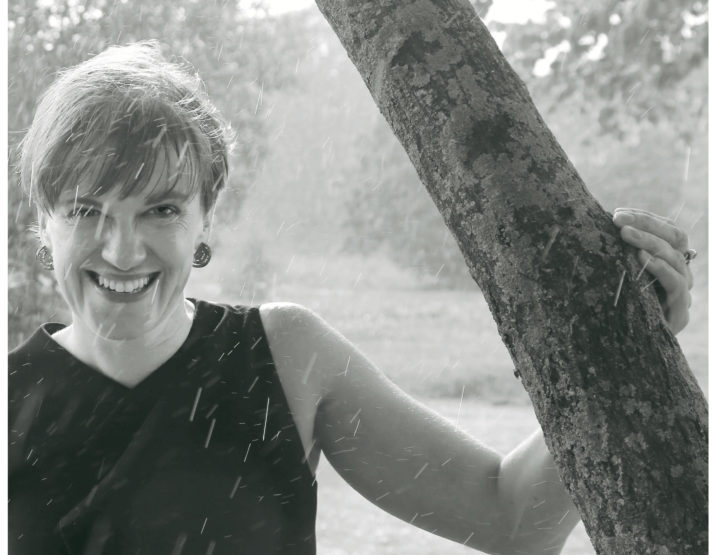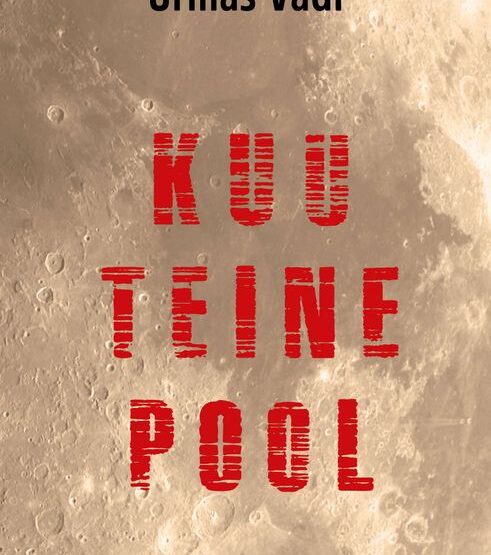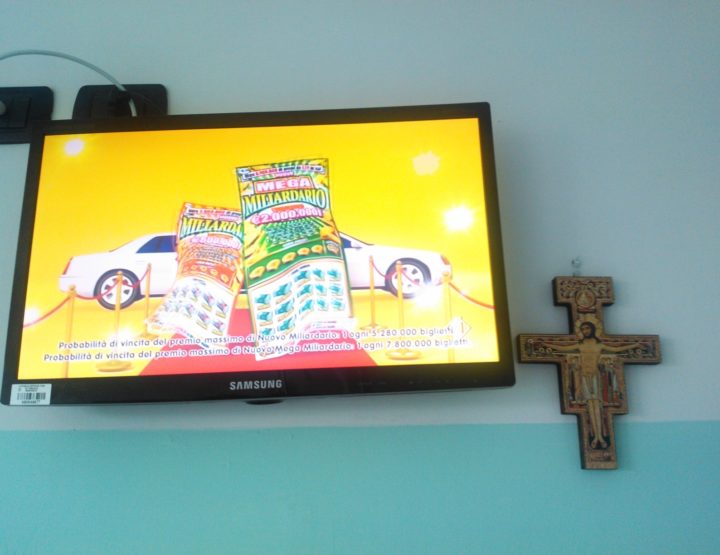Maarja Kangro, Klaaslaps (The Glass Child)
Tallinn, Nähtamatu Ahv, 2016. 208 pp.
ISBN: 9789949813629
Maarja Kangro (1973) has been one of the most important Estonian prose writers and strongest short story authors of the last ten years. She masterfully binds short fiction with a first-person narrator similar to the author herself: Kangro’s protagonists are, for the most part, strong, intelligent young women with a slightly cynical attitude, and brusque natures and words. They tend to fall more towards the “masculine” side of relationships. Their view of these relationships is sarcastic, but not bereft of hope or romance. Kangro’s weapons are dark humor, twists, and life’s unexpected tremors.
As a poet, Kangro has increasingly concealed herself: she probes language and finds devices that she can interweave and resolve. Kangro simply doesn’t want to give away the keys to her poetry. Or – as a pleasant conversation partner in poetry – she regards the “other” to be more intelligent than they really are. One shouldn’t forget that Kangro also translates severe poetry: the most significant authors she has handled over the last few years include Magnus Enzensberger and Giacomo Leopard.
The Glass Child (Klaaslaps) is Kangro’s first longer work of prose. It’s quite an unforgiving book, and its ability to inflict pain knows no bounds. It can periodically be physically difficult to read, and can jar the reader far more than a piece of male-written transgressive literature that plays with the boundary between violence and porn. Kangro’s tools and topics are different, and she treads much farther. Through autobiographical storytelling, she exposes personal pain that can only be something other than dismal and distressing in the literary form. Here, we can even question the bounds of literature. It has been said that The Glass Child is not a work of literature, but rather a diary, a therapeutic means of self-help. Still, that has long been the case with literature: words, language, life, and what is written nip and scratch at each other. But they never actually get hold of one another… The late 20th century and the beginning of this one have greatly been an era of autobiographers. How we evaluate this phenomenon on an aesthetic dimension is another matter altogether.
In The Glass Child, we encounter “real characters” occupying the Estonian cultural space who are recognizable to a large number of readers. The book is filled with life events described realistically and naturalistically. Kangro has said that the need to write down a story can be taken as an experience of solidarity, and without a doubt The Glass Child is, in some sense, a therapeutic book. When a woman is forced to terminate a pregnancy (because the child’s skull isn’t developing and its brain will be flushed away in the amniotic fluid) and then reads everything the depths of the Internet have to offer about it, finding support for even a fleeting moment, or else something to chuckle over, to even joke about in bemusement (Kangro gives a good deal of consideration to the Christian worldview and how its followers perceive the harmony between such an immense, emotionally-draining tragedy and the divine), then she really might feel the urge, need, or even obligation to write everything down. Nevertheless, The Glass Child isn’t solely for those who have previously or are currently experiencing something similar: it is a book about human misfortune in the world and standing face to face with a void. Yes, the work questions the reasons for and the point of our existence. It asks these questions through a prism of immense pain and loss. Kangro hasn’t lost her main weapon here, her means of survival: the author’s coal-black humor is more difficult to stomach than ever before in her writing.
But at the same time, she captures much more in her stories. Kangro ends up touring through wartime Ukraine and details differences in cultures and understandings (an Italian hospital, Italians’ Catholicism, Spaniards’ driving habits, the work ethics of journalists and doctors, etc.). Kangro’s blunt descriptions and frank observations of medical personnel are golden and quite universal. Respect and love must always go both ways in that system. (An odd digression: during the 1980s, it was said that doctors were at the head of Estonia’s intelligentsia. Many of them were well-read and gave public statements on social issues. Even more significant was the proportion of doctors among the founding fathers of Estonia’s literary culture: even the author(s) of the Estonian national epic were doctor(s)! Nowadays, I suppose there isn’t time for that anymore: the doctor-patient relationship resembles a customer service situation.)
The most important facet of The Glass Child is also the most difficult to discuss. Kangro is exceptionally open and painful in terms of what she herself feels throughout the whole process as a woman, a mother, and a patient. She naturally expresses the physical experience, but primarily conveys mental observations and opinions. No, Kangro doesn’t avoid being critical, and in doing so, she has discovered a succinct, cleansed, and occasionally even repellent style.
Of course, it’s possible to view The Glass Child as a kind of confessional book. In some sense, it’s even a castigation of society and everything surrounding the author: of how small and insignificant, trivial and pitiful political and poetic tomfoolery is compared with a situation in which a life that has sparked inside of you must die. And Kangro does so demandingly, seeming to make the reader choose, take responsibility, speak the words, and sign on the dotted line: yes, I support death.
Kangro writes to us about staring into darkness and the void. Through the words she puts on paper, she takes us somewhere hopefully no one will ever actually have to go. The glimpse has been taken for us, and it is merciless – The Glass Child offers no consolation. Yet, it does convey a kind of strange inner force; at times maybe even a force of desperation. And is that literature? It sure is: dreadfully harsh and harrowing literature. Very few texts have this kind of an effect. The world isn’t a great place and books like these can’t make it better, nor is that the intention. Still, one can put on a pair of magic glasses for a while and look beyond the pain; can understand that in that place there are no standards or measures: there is only the sharing of experience.
Kangro’s work is dangerously religious in the sense that it posits theological questions in the severest of ways. No matter – Kangro has the right to do so.
Jürgen Rooste (1979) is a poet, journalist, and one of the most renowned Estonian writers of his generation. He has published fifteen poetry collections and received the Cultural Endowment of Estonia’s Award for Poetry on two occasions, among many other literary awards.

